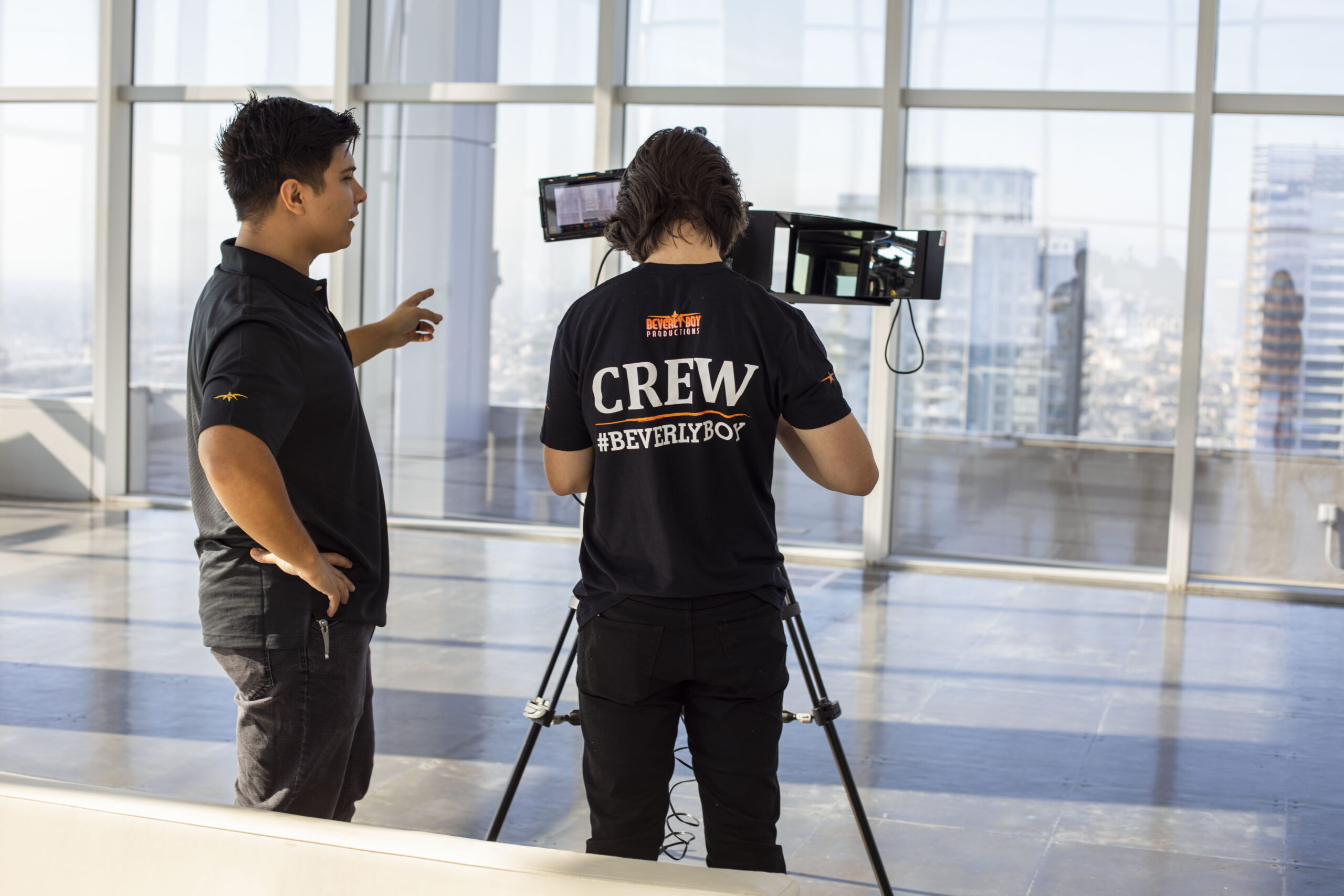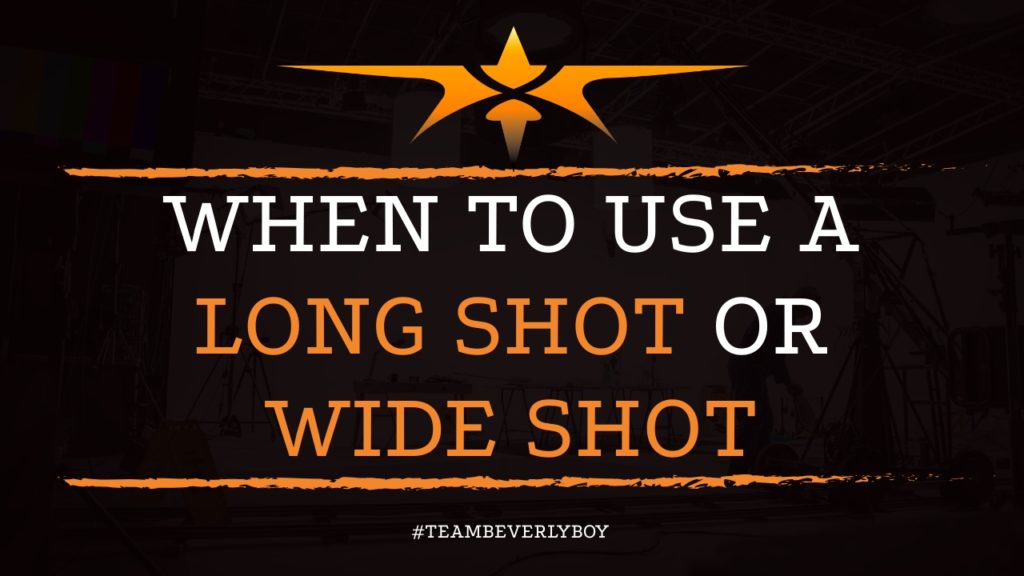When to Use a Long Shot or Wide Shot
It’s really important to know when to use a long shot or wide shot. The long shot is often used to show an environment in which a character is born from or in which they find themselves in. Similar to situations in reality in which we find ourselves in situations which are out of our control, scary and where we feel small compared to the bigger picture, the long shot or wide shot is sometimes used to convey this thought or logic for a character within the scene. Sometimes referred to as the wide shot, the long shot shows the entire character or object and may include a reasonable amount of scenery surrounding the character.
Unlike the extreme long shot or extreme wide shot, the long shot frames the object or character but includes just enough scenery surrounding the character to keep it visible within the frame. The overarching goal is not to shed light onto the surrounding scene or the vastness of the scene as it is with the extreme long shot, but to bring attention to the subject specifically. Check out our article on framing interviews to get a better idea of framing a subject.
Get a video qoute for your project today

Types of Long Shots
Several types of long shots or wide shots are used in cinematography. Each refers to the means in which the subject is framed within the shot. The regularly used forms of wide shots in film production include:
- The wide shot – a frame in which the subject is within the entire frame, from head to toe, and the surroundings visible within the frame are minimal although present.
- The very wide shot – a frame of the subject in which the location is balanced around the character with a harmony between character and scene allowing visibility of both, equally.
- The extreme wide shot – a frame of the character in which they are almost no longer visible within the scene. The focus here is on the surroundings more than on the character himself. The character is so small that he or she is insignificant and the scene or atmosphere surrounding is of most importance.
Advancements in television size and monitor size have allowed for even home entertainment videos to show wide shots that previously were of little value unless viewed in cinema. Cinematographers now have the ability to vary the scope and size of camera shots to increase the dramatic appearance of characters and their relation to scenes around them. Wide shots are a staple in film production both for cinematic big screen production and for television or web productions too.

Past Uses of Long Shot in Film
Directors use long shots in a variety of different ways throughout production. In the past, we’ve seen the long shot used to evoke a sense of inspiration for the audience. Notable uses of the long shot in the past include:
- Expansive views of New Zealand in The Lord of the Rings Trilogy.
- Views of the concentration camps and, the only color used in Schindler’s List, the red jacket of the little girl in the expanse of the camp.
- Views of the Wizard’s palace as well as Dorothy and friends in The Wizard of Oz.
- The falling boulder that follows Indiana Jones in Raiders of the Lost Ark.
In all notable past uses of the long shot in major movies, the shot captures the character or characters in a way that makes them the primary focus of the scene while taking care to include enough of the surrounding landscape to pique viewer’s interest and build on the understanding of the impact that the environment has on the characters’ current situation.
Ready to put the long shot to use in your next film production? Give Beverly Boy Productions a call to work with professional cinematographers that will devise a shot list which includes the use of the wide shot to bring dramatic focus to your characters. We can’t wait to work on your production with you!

